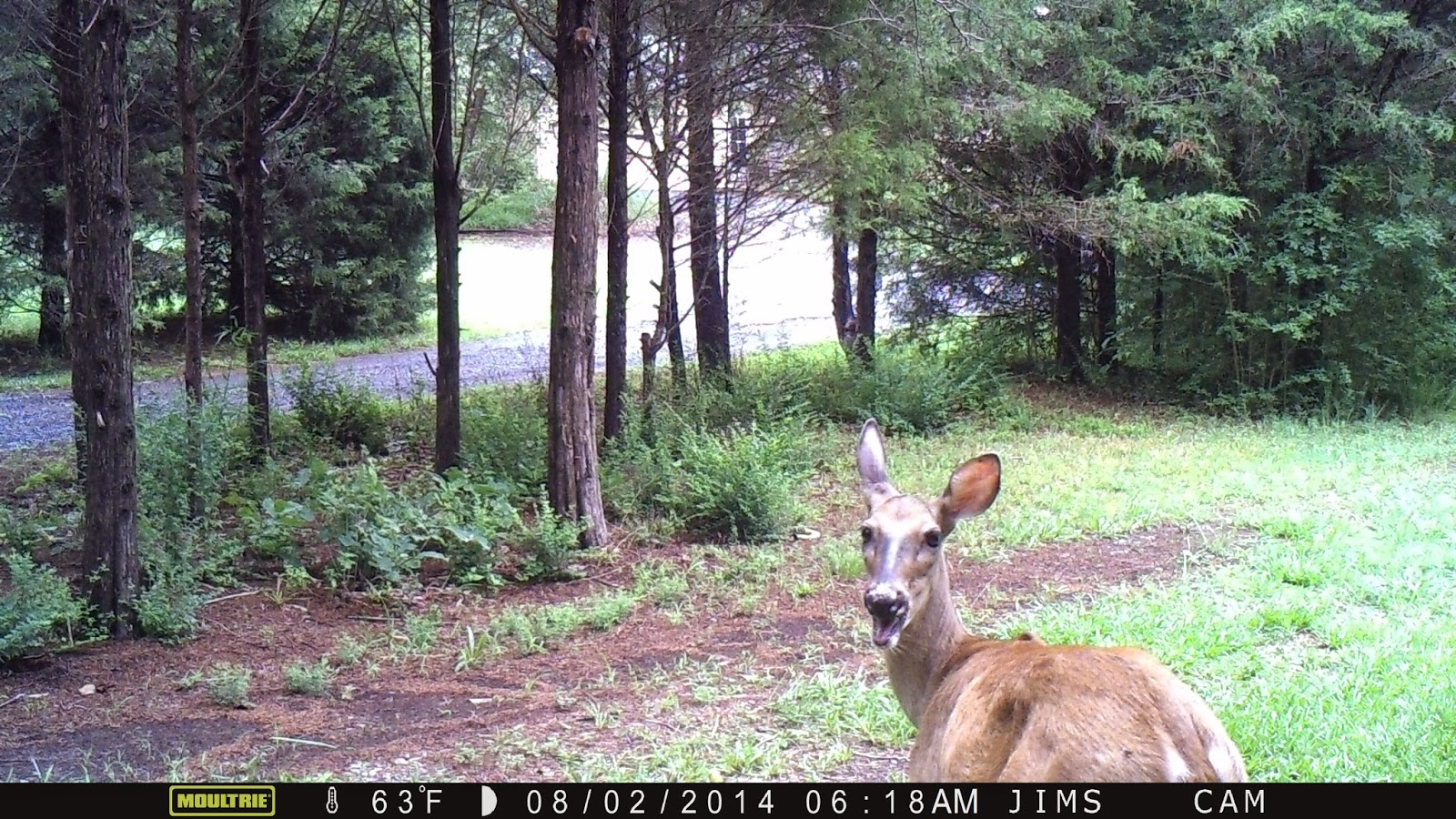Having previously bicycled from Falls Lake State Park to Anderson Point Park, today's ride began at Anderson Point Park heading toward Clayton. The Neuse River Greenway is 28-29 miles depending on what description you read. Anderson is about MP18. We bicycled 10 miles south through rural farmland, The northern section of the trail was very different, being always close to developed areas. Again, I was quite impressed with the 10 foot wide, super smooth pavement.
Much of the land we passed through was City of Raleigh property, which included their waste treatment plant. Several of the hayfields, so designated as City property, had irrigation spigots in them which I assumed were diverting Neuse River water to the fields. However, an information sign read otherwise. The irrigation system was for spreading a byproduct from the waste treatment plant onto the fields. The city did not wish to dump this waste into the Neuse but, somehow, it was "safe" to solidify it and then mix it for spreading on the fields. We did not see the system in action so I can't describe what it might smell like but we did notice only one home located anywhere near the fields.
Once we reached the end of the Neuse River Greenway, we began riding on the Clayton River Walk. On a map this looks like a seamless continuation of the NRG but it has more age on it and is narrower. My riding companions, both on road bikes, didn't like the root upheavals in the pavement so we turned back.
On our return, we decided to ride a connecting trail, Walnut Creek Trail. In about 3 miles we encountered a "trail closed" sign. The trail is being paved this week. We turned back. What really impressed us with this trail were the long boardwalks. One measured .35 mile. That made a nice side excursion. Later I learned this trail connected with others to go right downtown.
























































